How to Draw an Elf
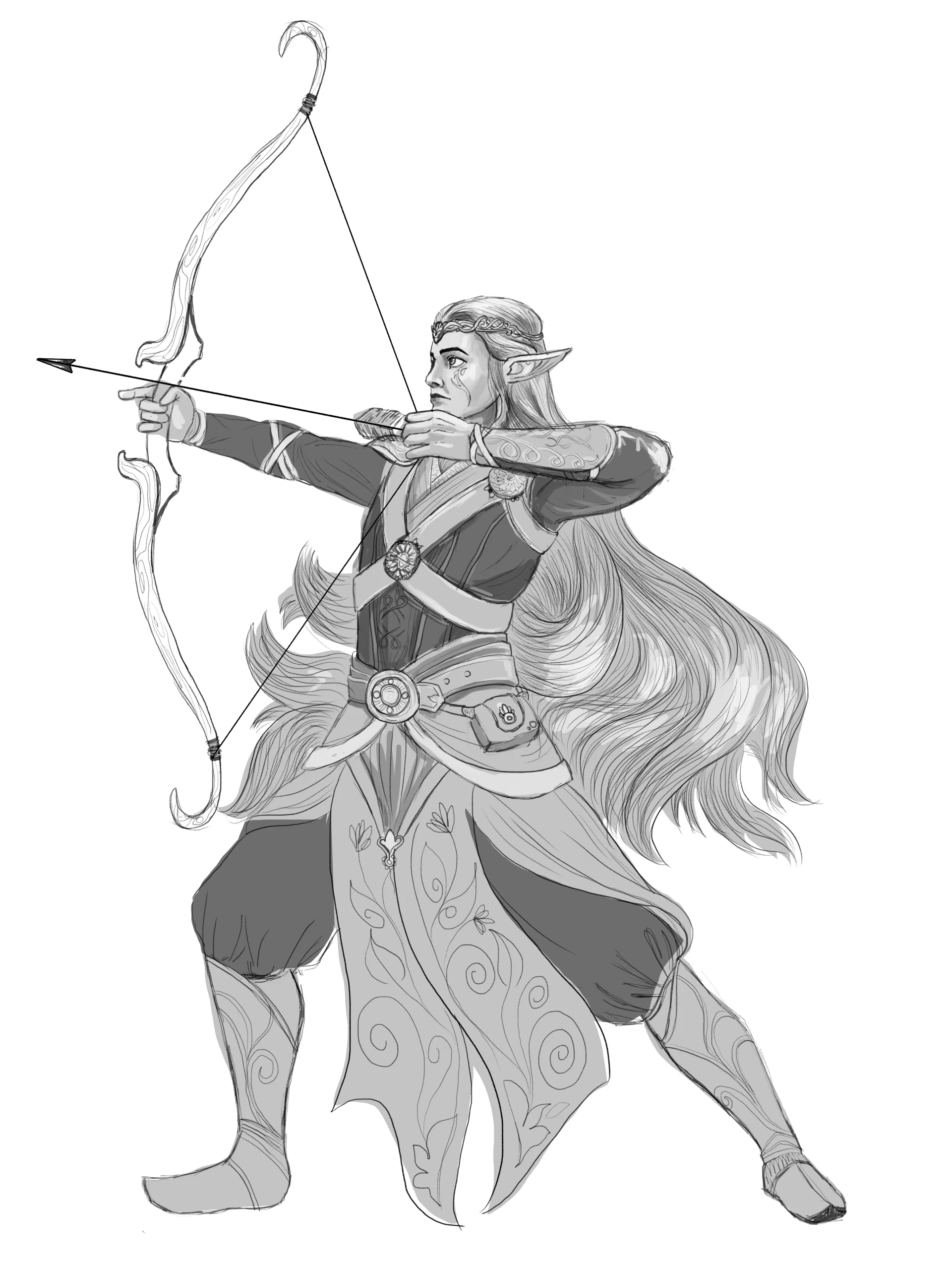
The fantasy world is full of fascinating creatures that are now part of our collective imagination.
It is easy to mention several from memory and recognize them by their distinctive characteristics.
If you are reading this article today, it's probably because you want to learn how to draw an elf, one of the most iconic mythical creatures in the fantasy world.
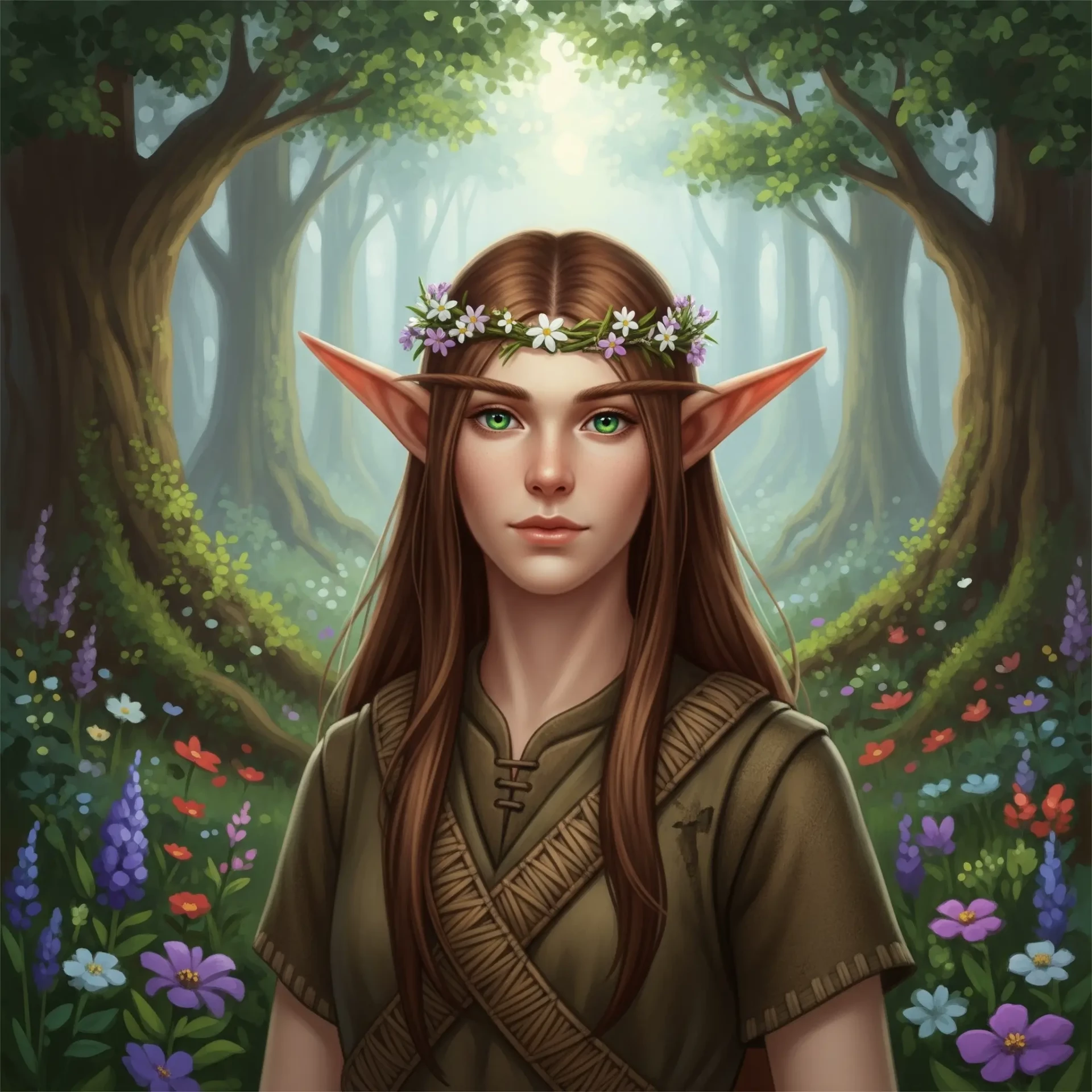
Characteristics of elves
Elves are iconic characters in fantasy. They are frequently found in literature, movies, series, and video games. Their unique appearance and aura make them charismatic figures.
Although they have been present for centuries in the medieval folklore of Northern Europe, their image remains very current. From Tolkien's works, such as The Lord of the Rings, to the mysterious elf Frieren, protagonist of the series Sousou no Frieren, recently acclaimed by critics.
Before moving on to drawing, it is essential to understand their characteristics in order include the elements that clearly distinguish them from other creatures.
Pointed ears
Pointed ears are the most well-known distinctive sign. However, other creatures, vampires, werewolves, ogres, also have these.
What makes those of elves unique is their slender and elegant shape, slightly turned outward.
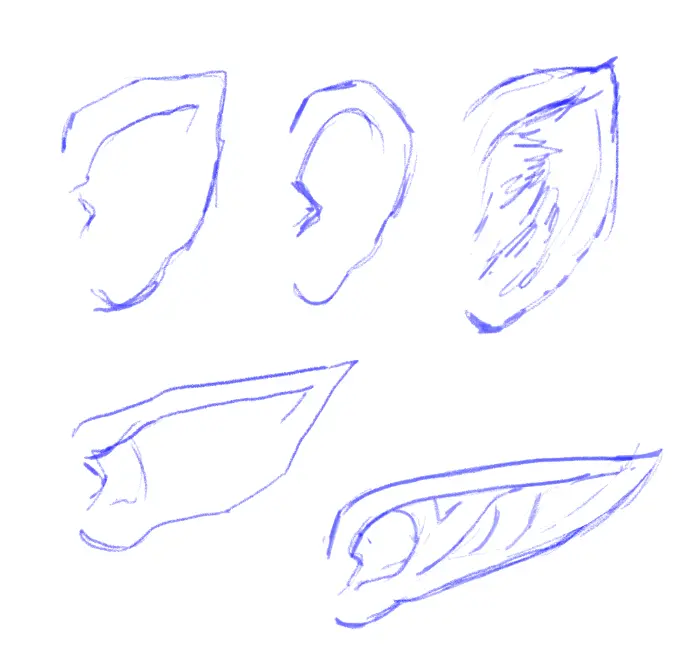
Youthful appearance
Elves are often considered semi-celestial beings. Their appearance reflects this nature: they are generally depicted with youthful features, seeming to be 20 to 30 years old, even though they are supposed to live for centuries. Their face is often androgynous: a subtle balance between masculine and feminine.
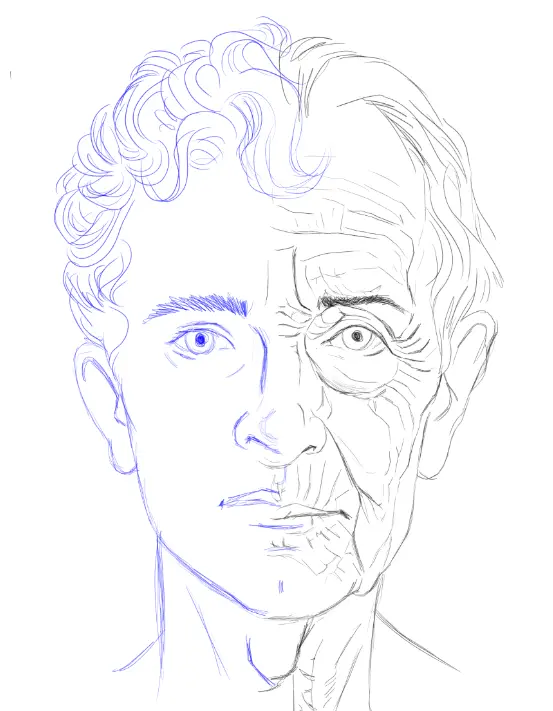
Signs of elegance and status
Elves give off an impression of grace and high status.
They are often depicted with long, straight hair, sometimes finely braided, pale skin, and light, almost silvery hair.
They are also credited with a slender silhouette, great height, and a noble bearing.
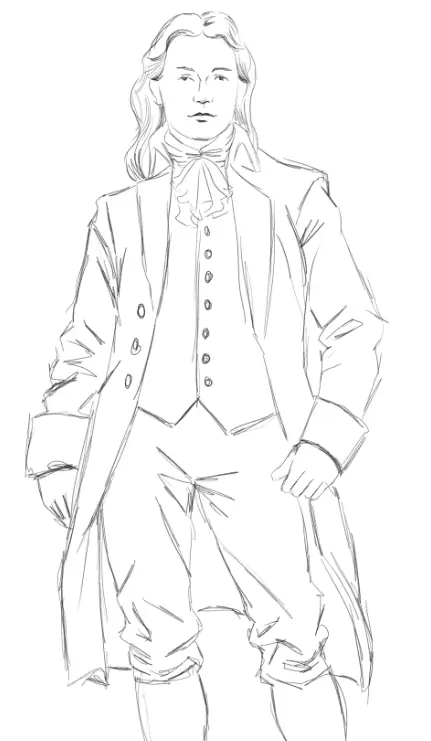
Magical powers
In the fantasy universe, many creatures possess magical powers.
Elves, meanwhile, are known for their deep connection to the magic of nature. To draw inspiration, you can tap into Art Nouveau, an artistic movement that creates a connection between aesthetics and plants.
Drawing an elf step by step
Let's start with the posture. It should reflect agility and elegance.
The sketch begins with action lines that indicate the position of the hands, legs, and back.
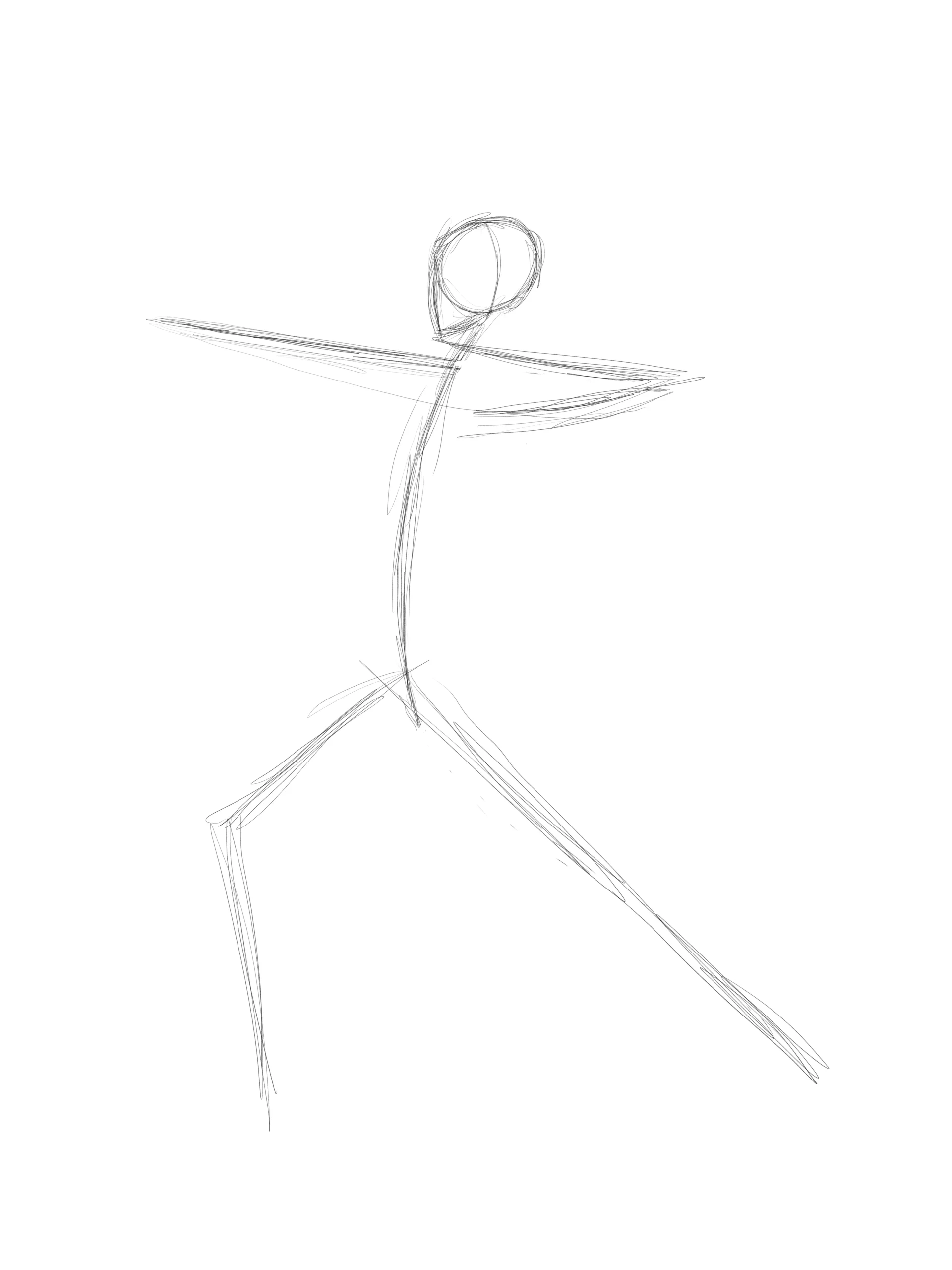
The goal is to draw an elf with long, slender limbs, holding a bow, ready to shoot. This adds dynamism to your drawing.
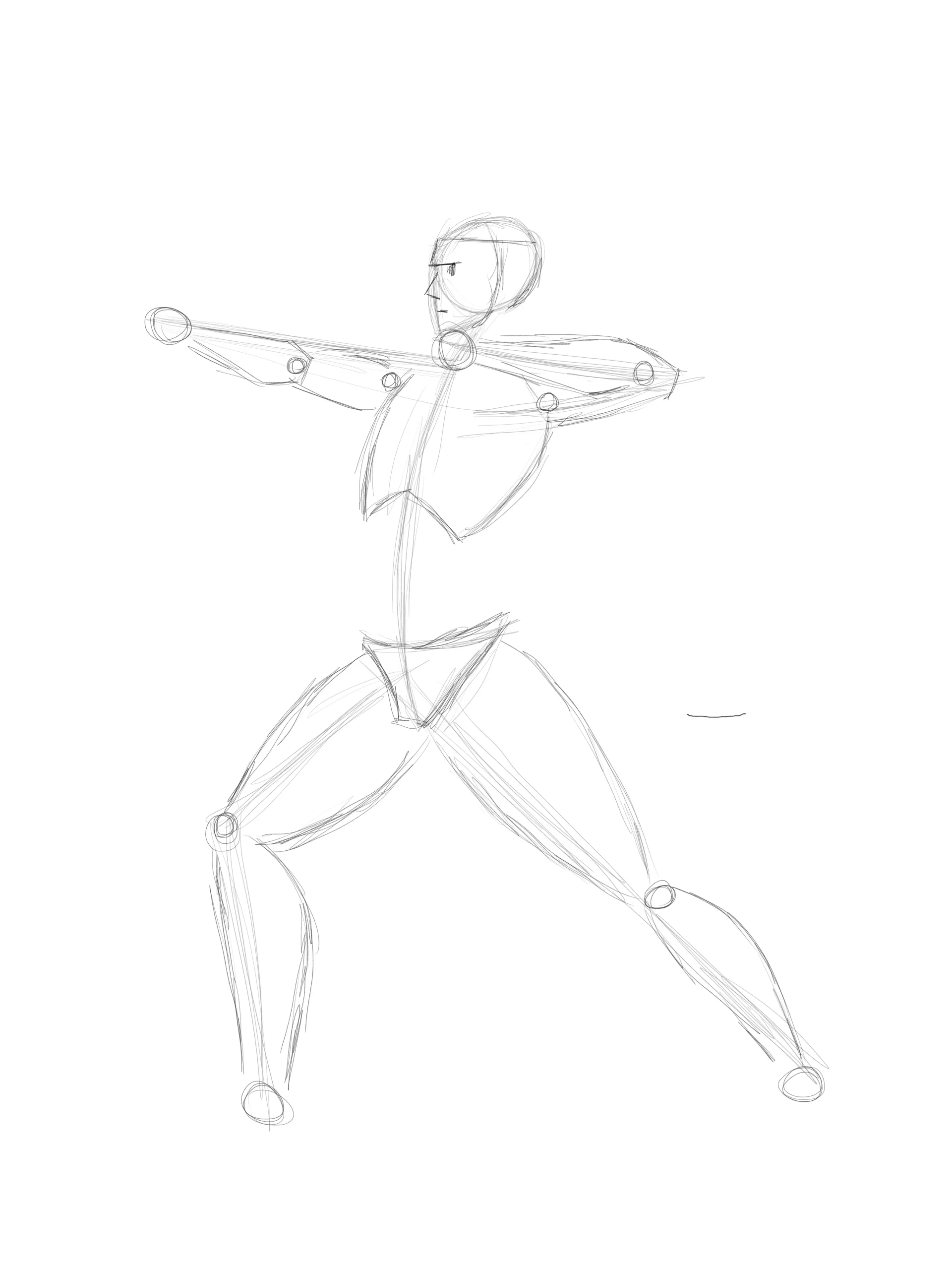
Finally, add the musculature and other organic details based on the defined posture. Also draw the bow, the arrow, and the hands holding them.
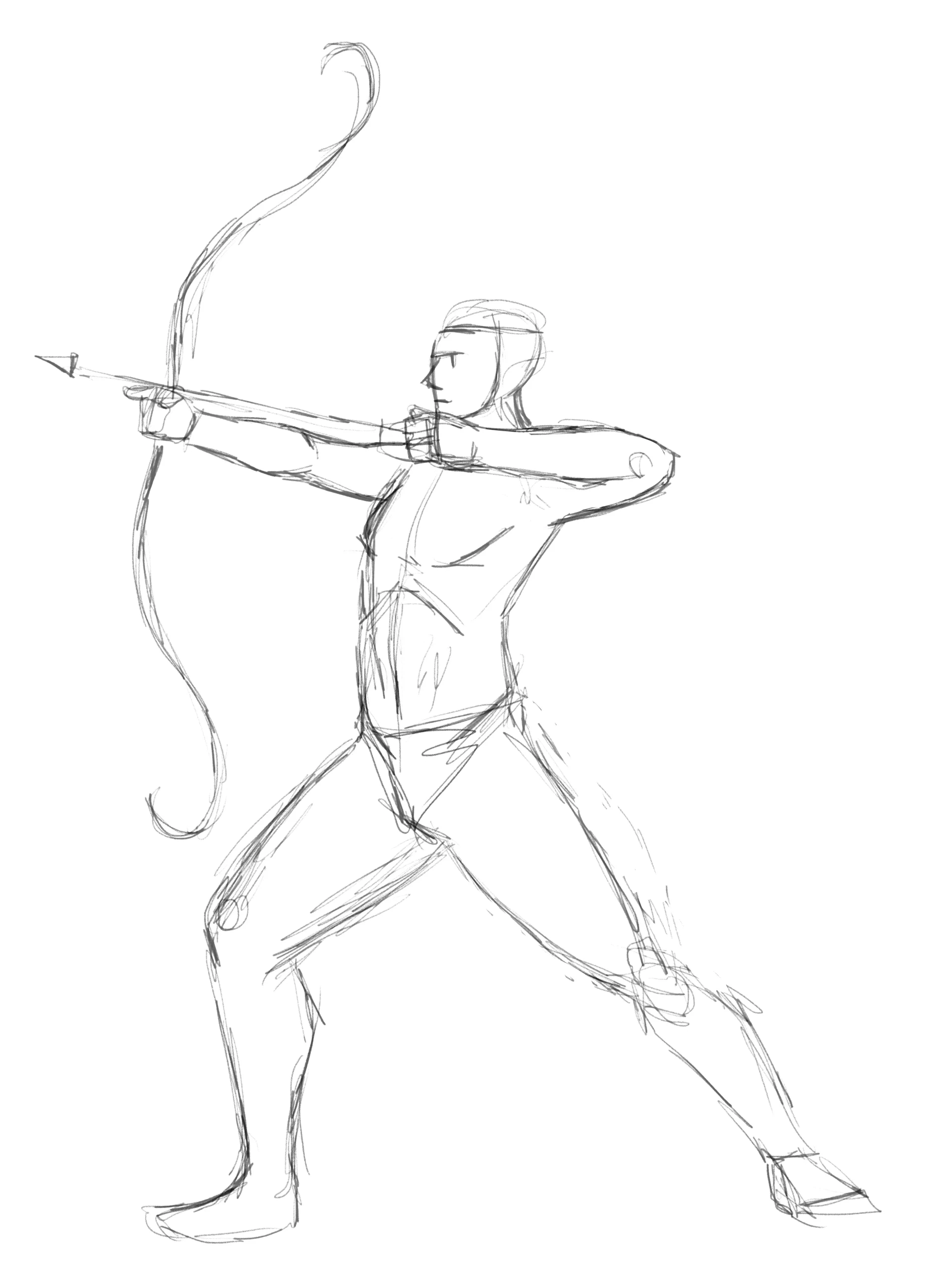
Drawing facial features
I recommend starting with the face. It’s what reveals the character's personality.
Each line you draw will help to show whether it’s a benevolent, mischievous, or dark-tempered elf, which will influence the rest of the drawing.
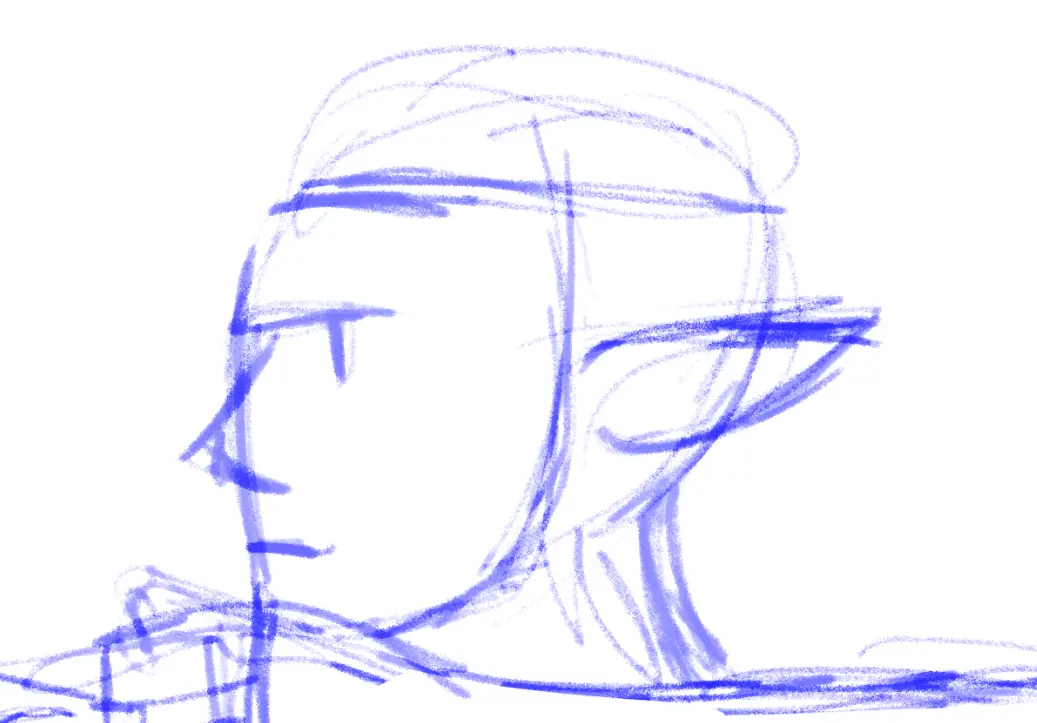
We start with the face, and primarily with the ears, since they are the most distinctive feature. They must be delicate, elongated, and oriented outward.
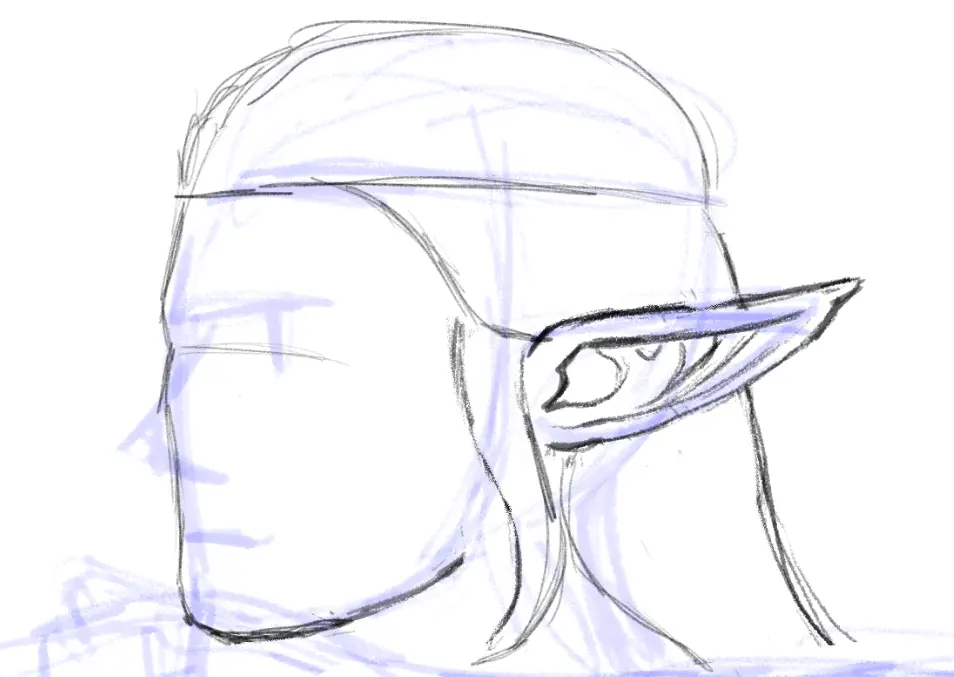
Then draw the eyes, which you can make larger to enhance the expression, in keeping with some classic representations of elves.
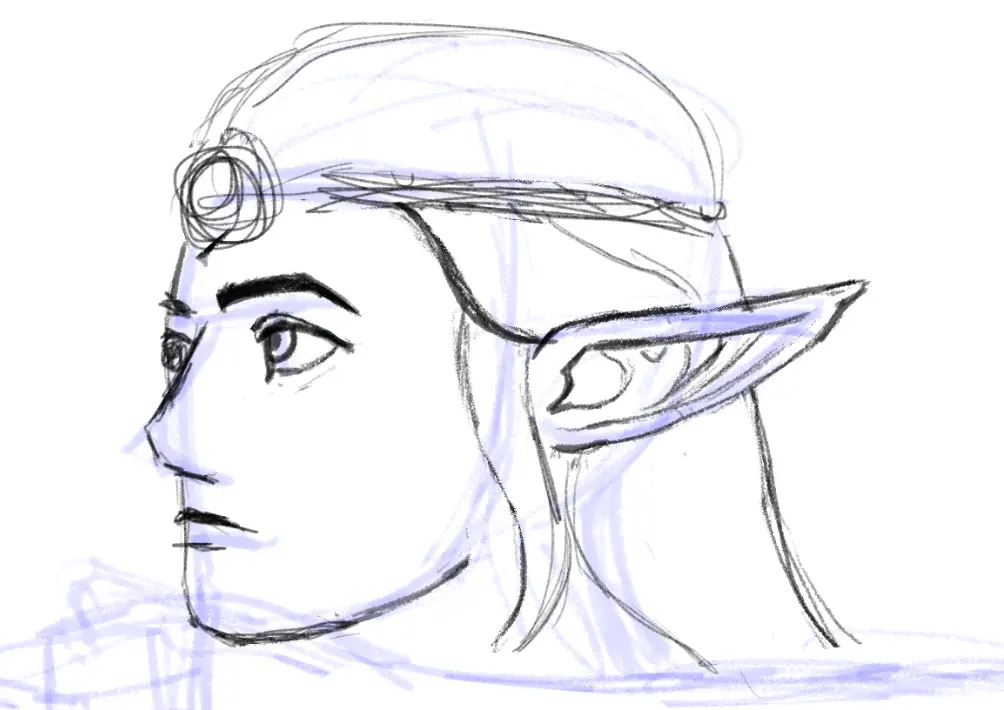
Then add a small nose, thin lips, and a jawline that is neither too masculine nor too feminine.
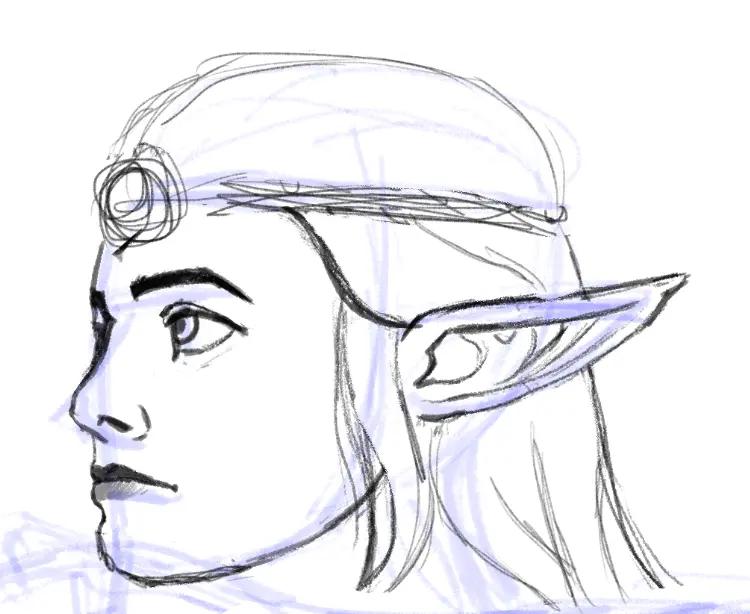
Finally, add long hair, held back by a tiara made of precious metal.
To enhance the mystical aspect, you can add a rune on the cheek, below the eye.
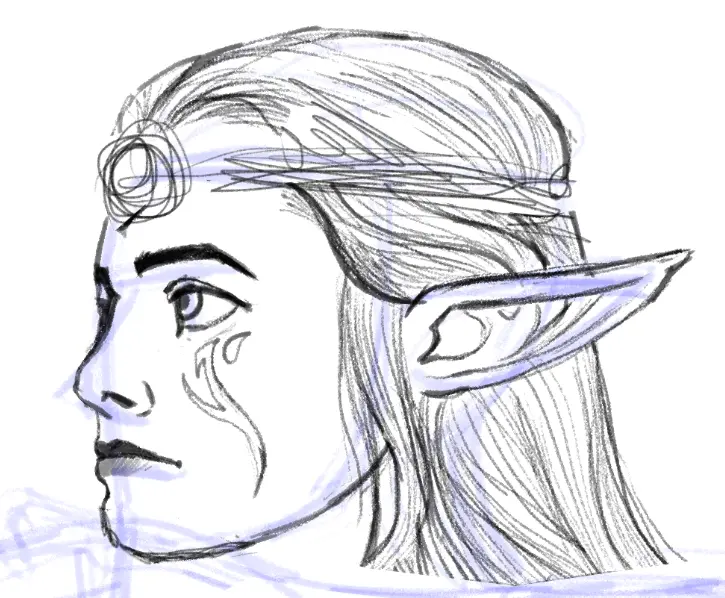
Drawing your elf's clothes
For your elf costume, draw inspiration from medieval, Celtic, or Viking styles.
Here, I opt for Celtic elements, with a Viking touch, in a medieval spirit.
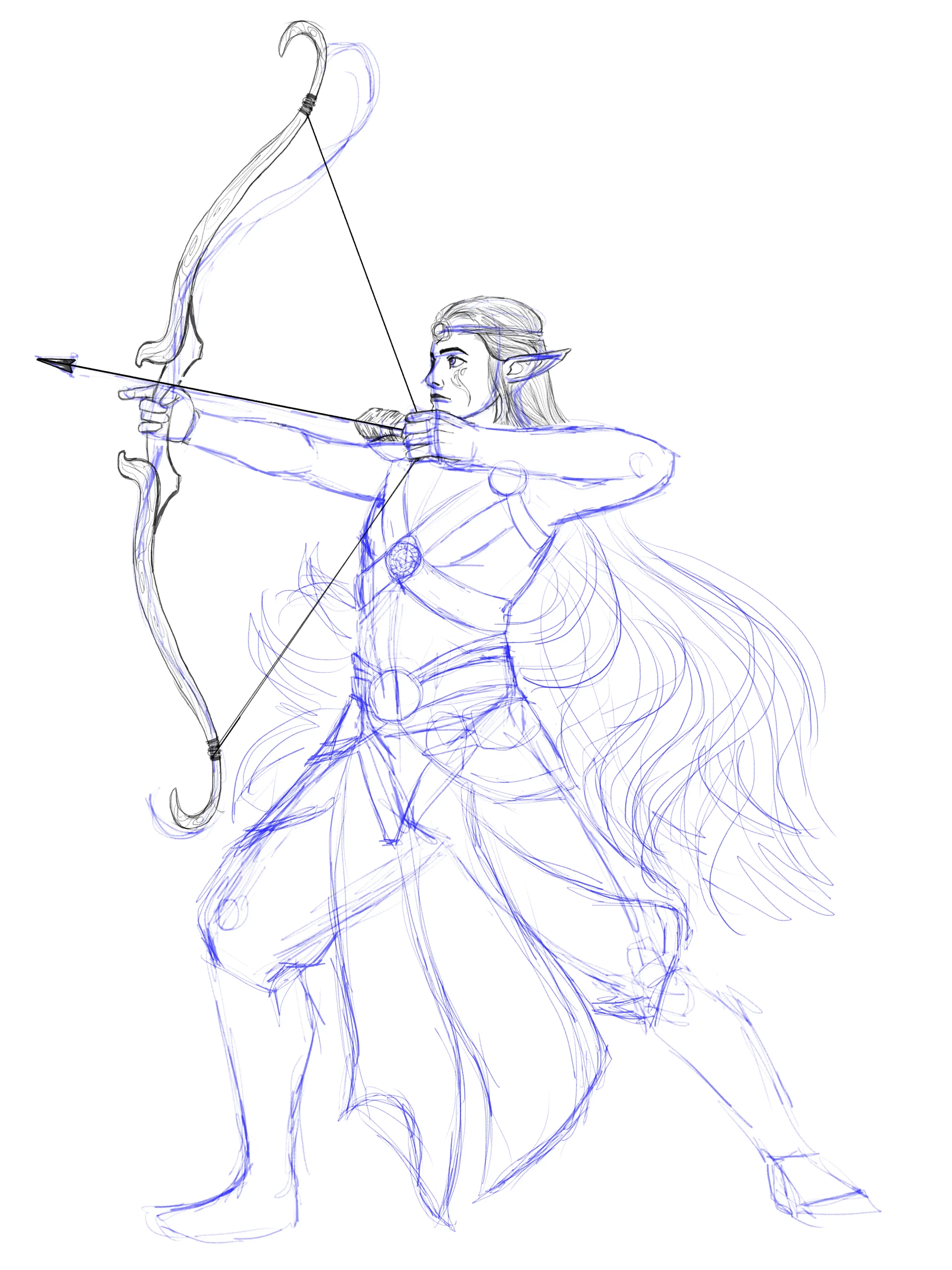
The elf is wearing a shirt and pants made of light fabric, high boots, and several leather belts that encircle their chest and waist. These are attached to circular metal medallions and a few buckles.
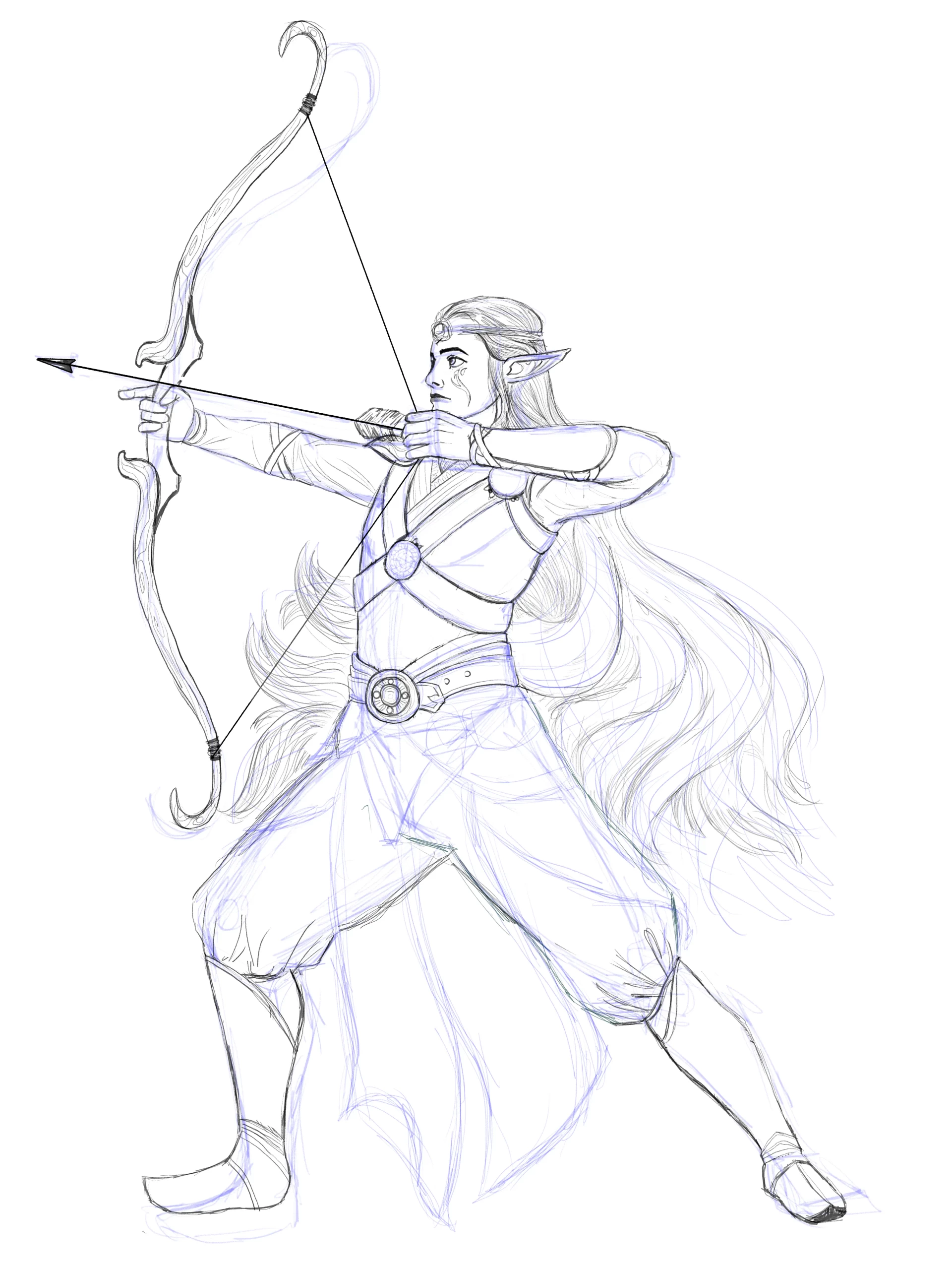
Straps support a loin cloth covering the front of the legs, adorned with embroidered ribbons that hang down the center, as well as a small bag closed by a metal brooch.
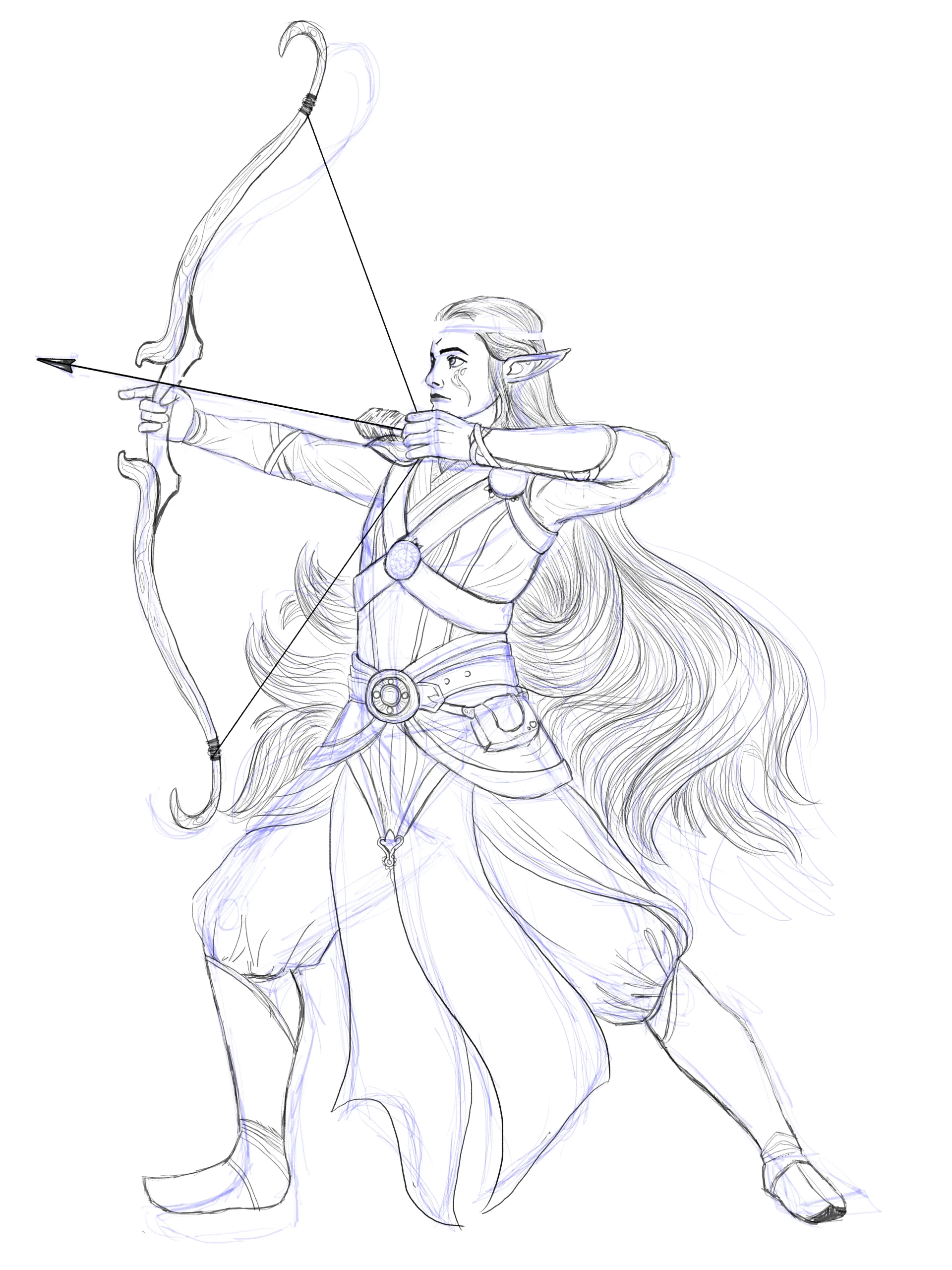
Incorporate elements inspired by nature
The costume design is essential: it must reflect the connection between the elf, magic, and nature.
The idea is to decorate it with leaves, flowers, and natural patterns.
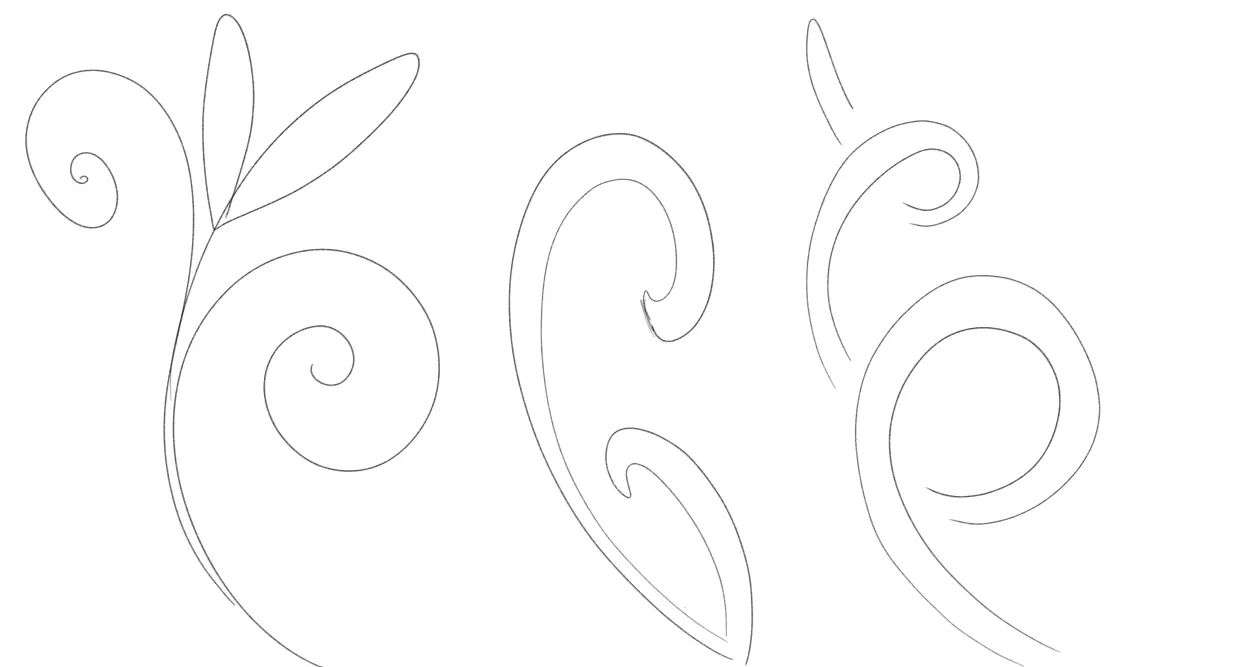
When designing the clothes, add curved lines and other patterns that evoke the forest.
In my drawing, I added ornaments on the forearms, some parts of the shirt, and the belt ribbons.
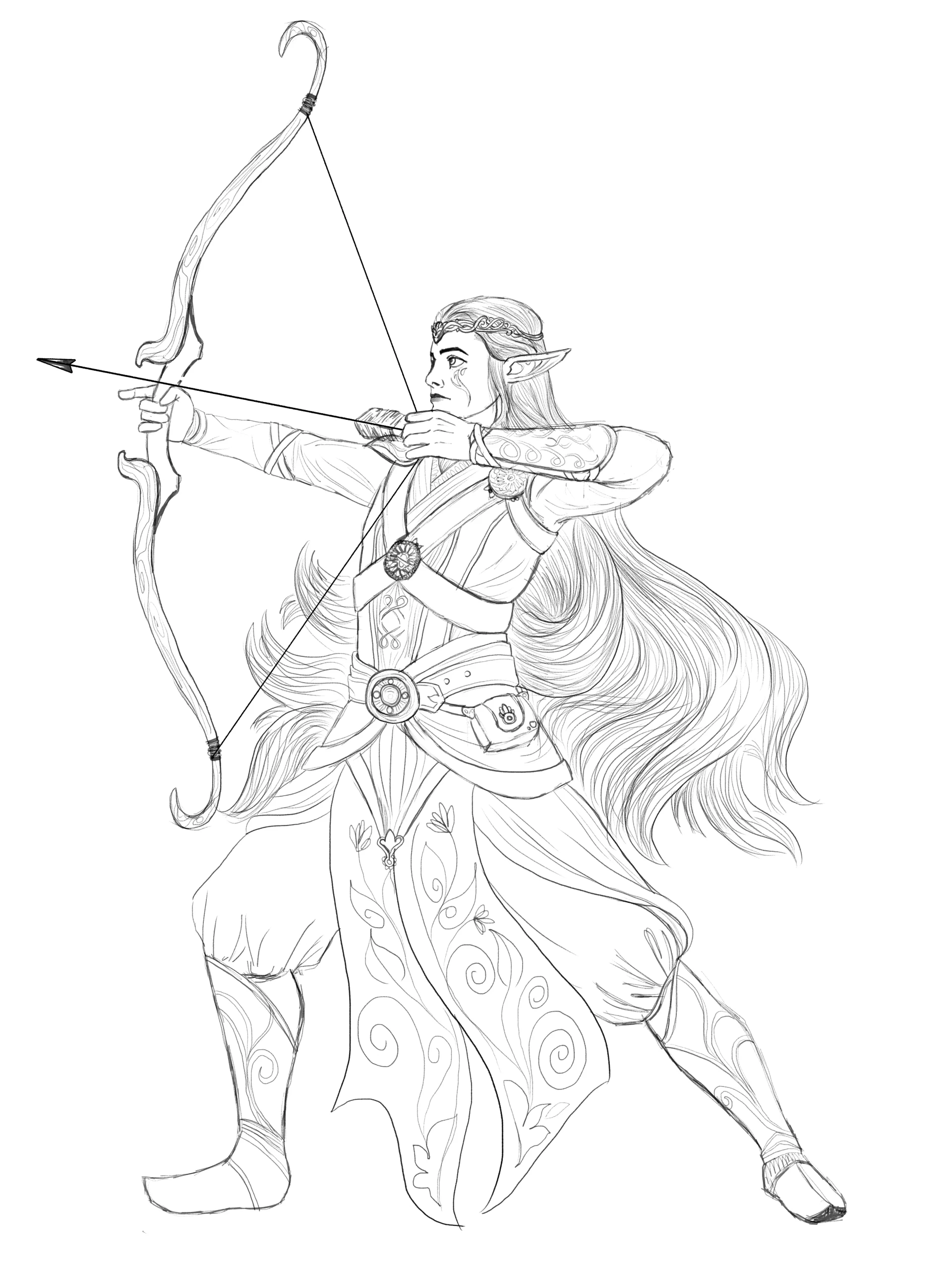
Complete your drawing
Let's finish our drawing by moving on to the final step. Depending on your style, you can choose between:
- A black and white drawing with shading,
- Adding colors.
Here, I limited myself to light shadows to illustrate my character.

I hope this tutorial has inspired you and made you want to create your own elves.
Observe the characteristics of your character carefully to represent them accurately. And most importantly, have fun!
Writer and Illustrator: Bryam

